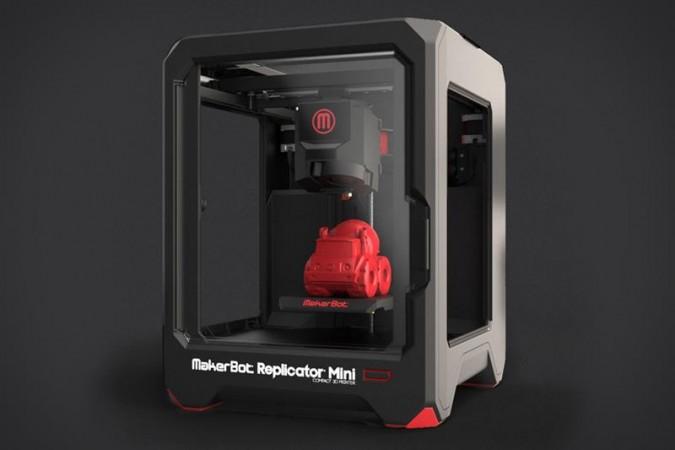In a groundbreaking new study, researchers at the University of Minnesota Twin Cities have developed a fully flexible 3D printer using a customized printer with an organic light emitting diode (OLED) display. This printer is people-friendly and easy to use anywhere without the help of technicians.
This technology has gained too much popularity because of its exciting features. This technology is based on the conversion of electricity into light using an organic material layer. It's a people friendly device.
The OLED display technology was tried earlier but they struggled with uniformity of
light emission layer. The other group partially printed but they relied on thermal evaporation and waited for certain components.

The research team of University of Minnesota combined two different modes of printing to print the six device layers that resulted in full 3D print.The display prototype was about 1.5 inches on each side and had 64 pixels. The electrodes, interconnects, insulation, and encapsulation were all
extrusion printed, while the active layers were spray printed using the same 3D printer at room temperature.
"I thought I would get something, but maybe not a fully working display," said Ruitao Su, the first author of the study, who is now a postdoctoral researcher at MIT and a former 2020 University of Minnesota mechanical engineering Ph.D. graduate.
"But then it turns out all the pixels were working, and I can display the text I designed. My first reaction was 'It is real!' I was not able to sleep the whole night." He also said the 3D-print
display was also flexible and could be packaged in an encapsulating material, which could make it useful for a wide variety of applications.
McAlpine said it is something that they have manufactured in the lab and it's not that hard to think about whether anyone could translate to printing all kinds of displays at home or go within just a few years.















